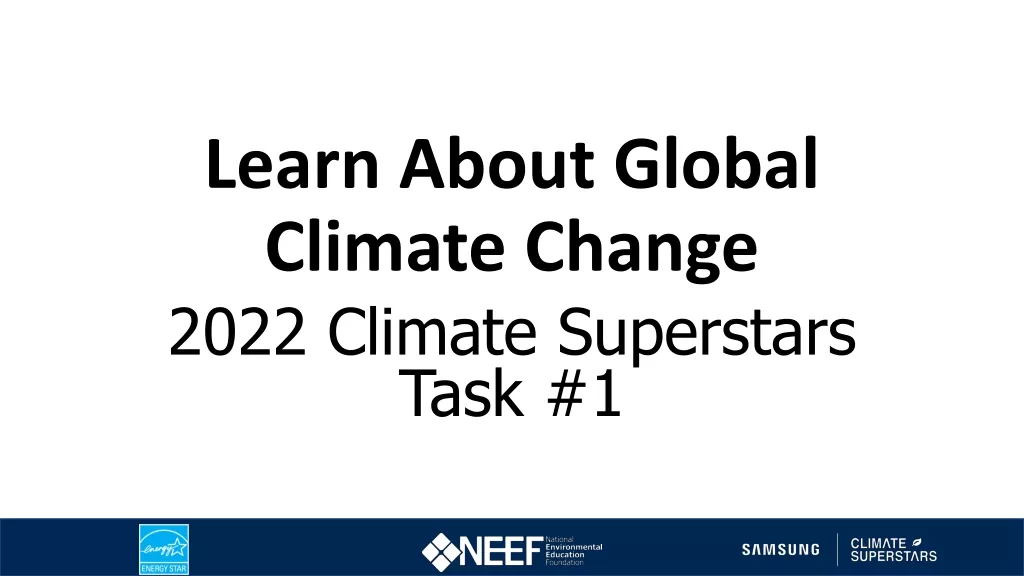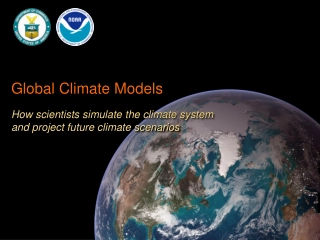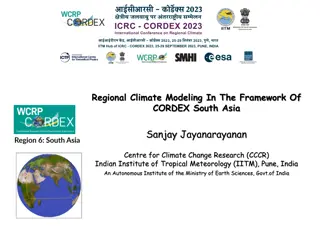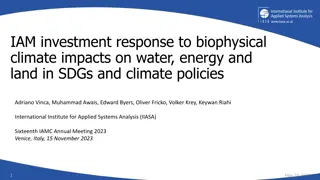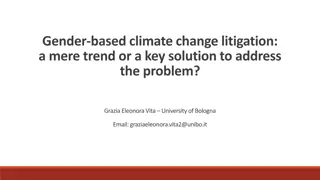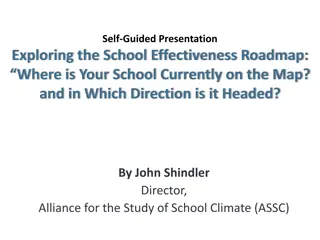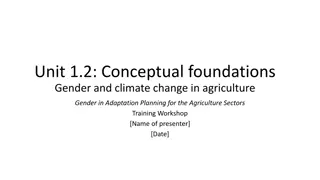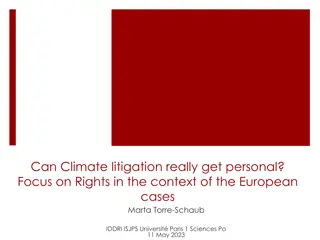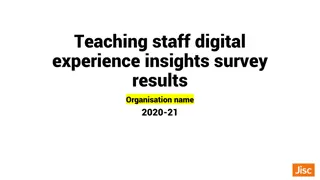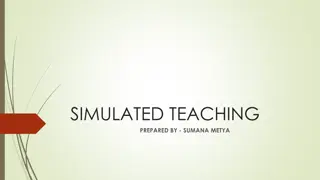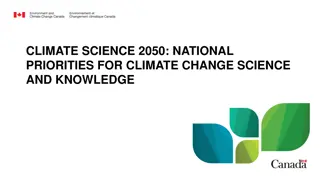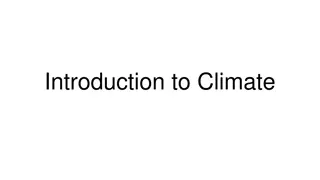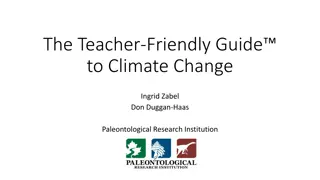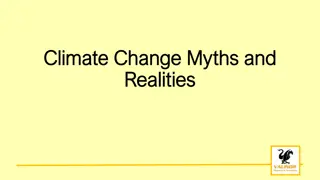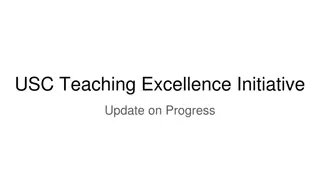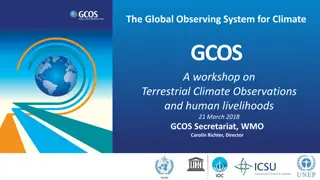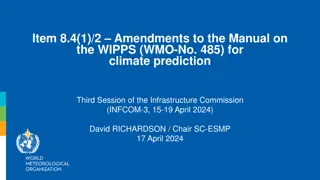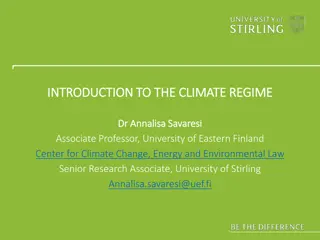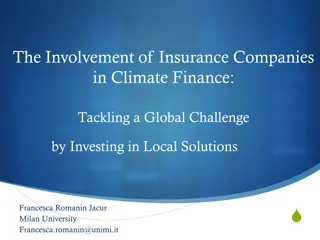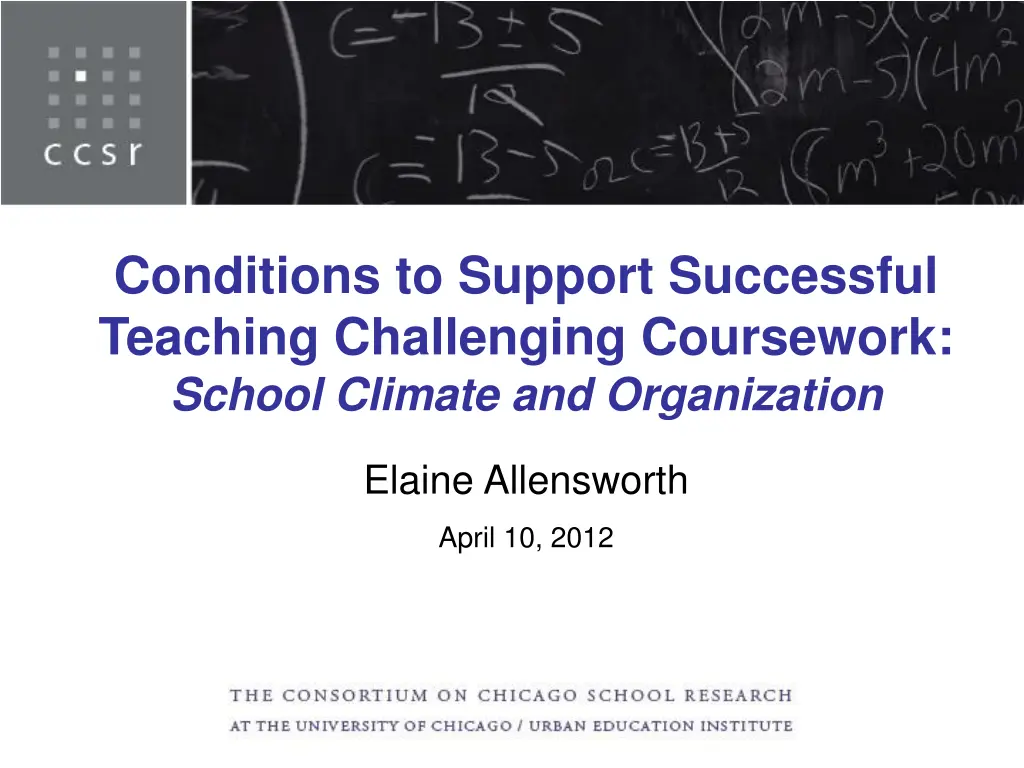
Supporting Successful Teaching and Learning in Challenging Coursework
Explore the conditions essential for successful teaching, strategies to improve student learning, challenges faced in enhancing academic rigor, and the impact of school climate on student achievement in this informative content. Discover how adult cooperation, instructional guidance, and professional community influence learning gains.
Download Presentation

Please find below an Image/Link to download the presentation.
The content on the website is provided AS IS for your information and personal use only. It may not be sold, licensed, or shared on other websites without obtaining consent from the author. If you encounter any issues during the download, it is possible that the publisher has removed the file from their server.
You are allowed to download the files provided on this website for personal or commercial use, subject to the condition that they are used lawfully. All files are the property of their respective owners.
The content on the website is provided AS IS for your information and personal use only. It may not be sold, licensed, or shared on other websites without obtaining consent from the author.
E N D
Presentation Transcript
Conditions to Support Successful Teaching Challenging Coursework: School Climate and Organization Elaine Allensworth April 10, 2012
Two Current Strategies to Improve Student Learning Identify strong and weak teachers Value added, better teacher evaluation Increase curricular rigor Common core, College-prep curriculum for all Need to consider the conditions that affect whether these strategies can be effective
Reflection What efforts are underway or being contemplated to increase curricular rigor and student learning in your school/classroom/district? What are the challenges that you anticipate/currently face with increasing academic rigor and student learning? Through work on the new common standards? Through new teacher evaluation practices?
Chicago Schools Diverged Considerably in Student Achievement in the 1990s Percent of Students Scoring At or Above National Norms in Math, 1990 to 1996 45 Schools with highest growth 40 35 Percent 30 Schools with lowest growth 25 20 1990 1991 1992 1993 1994 1995 1996
A Framework of 5 Essential Supports
Improvement in learning gains depended on adults working cooperatively, focused on instruction In schools with a well-aligned curriculum and a strong professional community among teachers 48-57% substantially improved math/reading 4-9% were stagnant Parent Community Student- Centered Learning Climate Professional Capacity Instructional Guidance Leadership Ties
But when adults failed to work cooperatively, no improvement in learning gains. In schools with a poor learning climate and weak professional community 0% substantially improved math or reading scores 41-59% were stagnant Student- Centered Learning Climate Parent Community Ties Instructional Guidance Professional Capacity Leadership
Strength in Multiple Supports Real value of the essential supports is in their combined strength. Schools with strength in 3-5 of supports were 10 times more likely to improve in reading and math than schools weak in most supports. Sustained weakness over time in one undermined improvement. Student- Centered Learning Climate Parent Community Ties Instructional Guidance Professional Capacity Leadership
Schools Serving Disadvantaged Communities Are Less Likely to Show Improvements Over Percentage of Schools that Stagnated or Improved Time 50 46 45 42 40 35 35 31 31 31 30 24 23 Expected: 25% 25 20 18 18 20 15 15 15 9 10 5 0 Racially Diverse Integrated Latino Mostly Minority African-American Average SES Very Low SES Low SES Stagnant Substantially Improved
Yes, but Disadvantaged communities schools needed robust essential support practices. Better off communities some schools improve with even average internal essential supports. No schools improve with weak internal supports If external social resources are weak, internal social resources need to be strong
How does attention to organizational structures contrast with other efforts to improve learning? How do these conditions promote or inhibit the capacity of teachers to be effective?
Teacher qualifications matter, but context matters more Teacher Qualifications and School Climate: Examining Their Interrelationship for School Improvement By Karen J. DeAngelis & Jennifer B. Presley Relationships of Teacher Quality Indicators and Organizational Supports with Value-Added on Reading and Math Tests Reading Math Teacher qualifications .12** .08 Teacher experience .08 .10** Leadership .14** .21*** Parent Relationships .34*** .41*** Professional Community .17** .25*** Safety & Order .26*** .40***
Regardless of teacher quality, a poor school climate prevents learning gains 0.6 0.4 Reading Gains 0.2 0 -0.2 -0.4 -0.6 -0.8 -1 -1.2 -2 SD -1 SD Mean +1 SD +2 SD Teacher Human Capital Index (ITAC) Weak Safety and Order (-1SD) Average Safety and Order Strong Safety and Order (+1 SD) School Climate
Regardless of teacher quality, a poor school climate prevents learning gains 1.5 1 Mathematics Gains 0.5 0 -0.5 -1 -1.5 -2 SD -1 SD Mean +1 SD +2 SD Teacher Human Capital Index (ITAC) Weak Safety and Order (-1SD) Average Safety and Order Strong Safety and Order (+1 SD) School Climate
Teachers tend to leave schools where it is hard to be effective Teachers are more likely to stay in schools with better: School leadership Collaborative work among teachers These explain differences in mobility by school racial composition & economics Parental involvement Safety and order Comparing conditions in time 1 to mobility at time 2 Controlling for teacher & student characteristics, school structure
Curricular reforms in Chicago have brought more demanding coursework without improvements in achievement Requiring college-prep coursework brought: Students taking more college-prep classes No improvements in test scores Fewer students graduating Fewer students attending 4-year colleges, especially among those most qualified; persistence unchanged High-quality, aligned curriculum implementation with coaching and PD (IDS program) brought: More interactive pedagogy, more time doing math No improvements in test scores, grades
Curricular policies were undermined by problems with school climate and professional capacity Subsequent research showed Orderly classrooms are a pre-requisite for academic demand to affect student learning Increased rigor produces little increase in learning if school & classrooms are disorderly Order is more difficult when demands rise Students withdraw when work gets hard, unless support increases Expansion of rigorous classes to low-skilled students affects learning climate for high-skilled students Schools may lack professional capacity to teach demanding classes to all
Two decades of work in Chicago suggests there are no magic bullet solutions Requiring more rigorous curriculum alone not effective Learning climate and professional capacity not sufficient to support new curricula (college prep for all, IDS) Teachers likely to leave in schools with weak organizational supports Collaborative work more important than teacher backgrounds for sustained school improvement Teachers need support to be effective Suggests narrow interventions are tools for organizational improvement, not ends in themselves
School improvement requires systemic work on multiple fronts School Leadership as Driver for Change Robust Parent-Community Ties Strong Professional Capacity Student-Centered Learning Climate Instructional Guidance Student- Centered Learning Climate Parent Community Ties Instructional Guidance Professional Capacity Leadership
Reflection In what ways do the research findings resonate, or are similar to something you have experienced in your own work? Thinking specifically about the challenges you came up with earlier, what connections do you see between these and the research? How could a school use the new curriculum standards to build each of the five essential supports? What needs to happen to make the new standards effective at improving student achievement, not just a change in what is taught? What are the potential barriers? How could a school use the new teacher evaluation frameworks to build the five essential supports? What are the potential barriers? How could those barriers be addressed?

